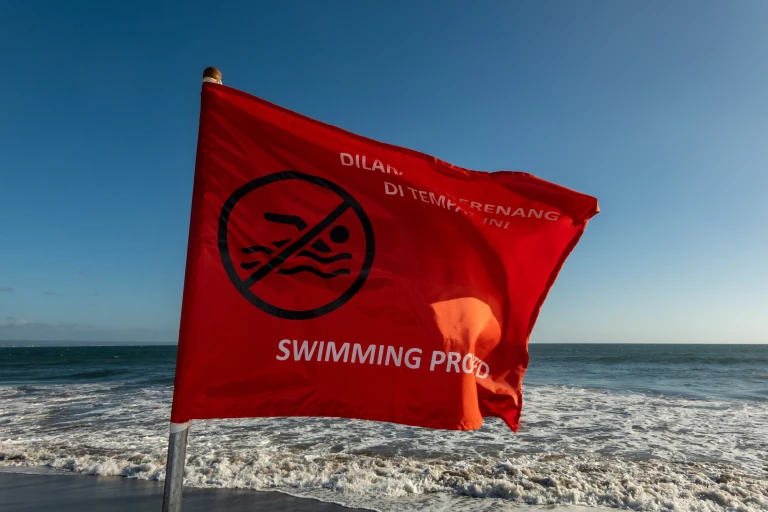My first day in Bali in 2019 could have been my last. Anticipating the beauty of the Island of the Gods,I watched YouTube videos about the island,but I did not familiarize myself with water safety rules. Shortly after arriving on the island,I headed to the ocean. Walking along the shore from Canggu to Berawa,I decided to take a swim.

Out of habit,like in the Mediterranean sea I swam further out to play with the waves. At that moment,the ocean was quite calm. After swimming my fill,I tried to return to shore but it turned out to be much more difficult than in the sea. I realized something was wrong and struggled to swim back to the shore. At one point,I even touched the bottom with my foot,heard the voices and laughter of tourists on the shore,but at that moment,a wave spun me around,and I found myself deep again. My strength was fading,panic was growing. I decided to rest,and at that moment I heard someone nearby say,'You ok?' It was a female surfer. I answered that no,I was not okay. The girl called her friend,and they pulled me to shore together. I had no more strength,I couldn't even properly thank my rescuers. I spent about an hour coming to my senses,returned to the hotel,and slept for about a day - the stress mixed with jet lag must have had such an effect on my body.
Understanding Ocean Currents and Safety Rules
My experience is just one of many that happen in Bali. Not everyone is as lucky as I am. Reports of tragic incidents constantly appear in the local media. Several dozen tourists drown on the island every year. Why does this happen? Why do even experienced athletes find themselves in tragic situations? The reason is the lack of understanding of tides,currents,and rip currents in the ocean.
Low tides can expose rocks and reefs,creating steep waves,while high tides generate rip currents that carry people into the open ocean. These currents create channels similar to rivers that lead back into the sea.
How can you tell that you are facing a channel? It may be a change in water color,the presence of foamy or swirling flows,a gap in the overall wave or foam structure being carried out to sea.
If you find yourself in a rip current,stay calm. Fighting the current is useless. Save your energy,try to swim parallel to the shore to get out of the influence of the channel. Do not swim alone,but if you have arrived on the island alone and have not found company yet,only go into the ocean on busy beaches with lifeguards.
Safety Indicators on Balinese Beaches
Many Balinese beaches have flags that serve as safety indicators. Their color scheme is universal and understandable: a red-yellow flag means the presence of lifeguards and safe bathing in the specified area between them. But if red flags are displayed,it is a strict warning not to enter the ocean between them.
Sometimes it may seem that the ocean is calm,but red flags are flying on the beach. This is a reminder of potential dangers hidden in the waters. When you see such flags,it is important to remember the restrictions and risks; they warn of possible currents and dangerous areas.
The ocean is not only beautiful; the ocean is the most powerful and unpredictable element. Before going to the beach for the first time,familiarize yourself with detailed safety rules,do not repeat others' mistakes.
You can add one right now!